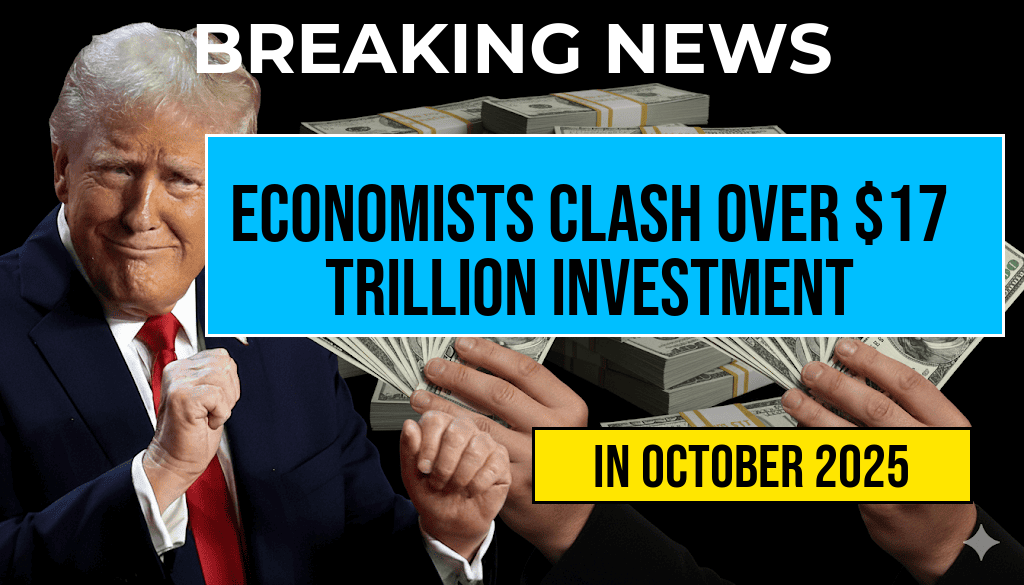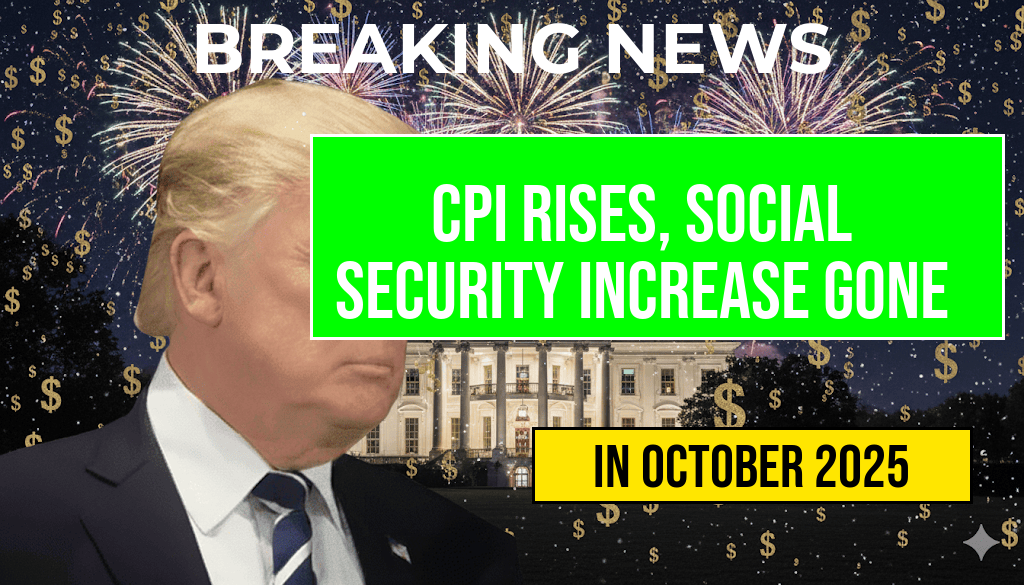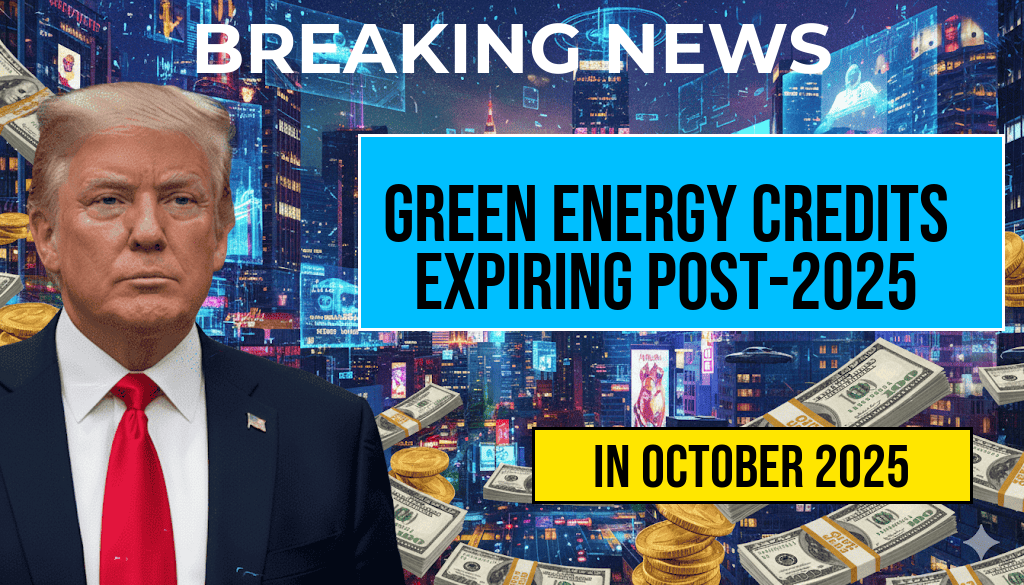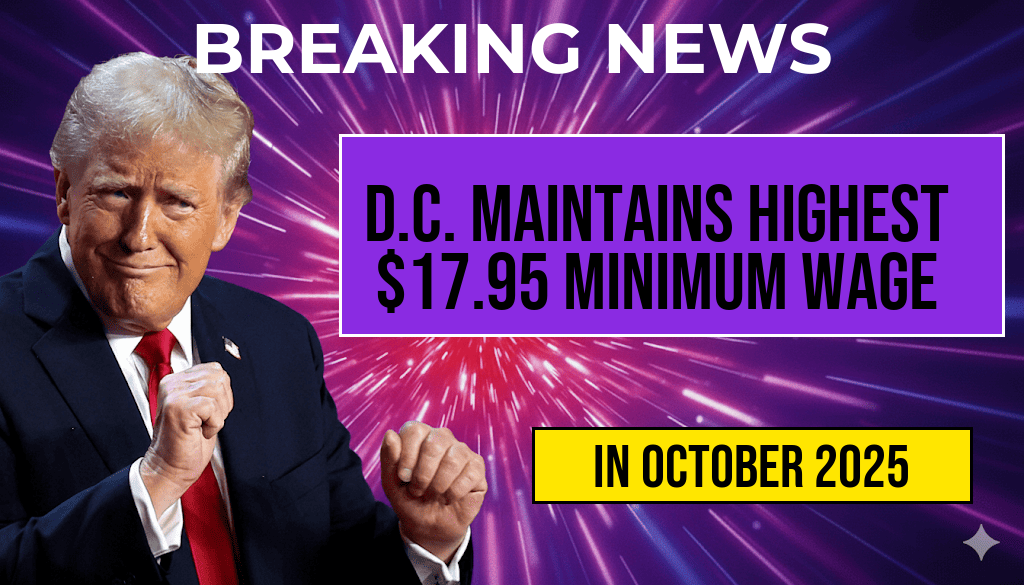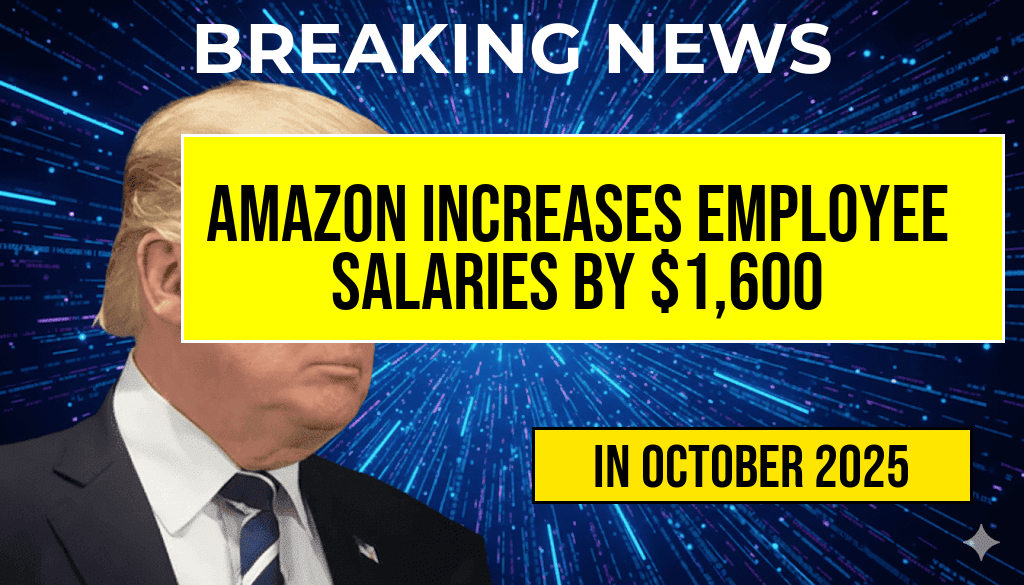Amid mounting scrutiny, economists are sharply divided over the accuracy and implications of President Trump’s reported global investment totals, which reportedly reach a staggering $17 trillion. The figures, released by administration officials and circulated in recent policy debates, suggest an unprecedented scale of foreign investments linked to the former president’s financial dealings and business ventures abroad. Critics argue these numbers are inflated or misinterpreted, raising questions about transparency, economic influence, and the true scope of U.S. economic engagement overseas. Supporters, however, contend that the figures reflect a robust American presence in global markets, bolstering national economic strength. As debates intensify, policymakers, economists, and watchdog groups are scrutinizing data sources, methodologies, and potential political motivations behind the presentation of these totals, highlighting the complex intersection of finance, geopolitics, and public trust.
Understanding the Controversy Surrounding the $17 Trillion Figure
The core of the controversy lies in the way the $17 trillion figure has been calculated and presented. The administration claims that these totals encompass a broad spectrum of investments, including direct foreign investments, foreign holdings of U.S. assets, and indirect financial ties. However, critics question whether the figure conflates different types of investments, some of which may not be directly attributable to President Trump’s personal or business assets. This ambiguity fuels skepticism about the accuracy of the reported total and whether it overstates the actual economic influence attributable to the Trump brand or policies.
What the Figures Include
- Foreign Direct Investment (FDI): Investments made by foreign entities directly into U.S. businesses and real estate. This includes acquisitions, mergers, and new ventures.
- U.S. Holdings Abroad: Assets owned by U.S. entities overseas, such as stocks, bonds, and property, which are sometimes included in the total investment tally.
- Financial Ties and Commitments: Loan guarantees, joint ventures, and other financial arrangements that create economic links between the U.S. and foreign markets.
When combined, these components create a broad picture of the U.S.’s international economic footprint. Yet some analysts argue that lumping these disparate categories into a single total can mislead public understanding, especially if the figures are presented without clear context or source transparency.
Economists’ Perspectives: Diverging Analyses
Supporters’ Viewpoint
Proponents emphasize that the claimed $17 trillion total underscores the resilience and reach of American economic interests worldwide. They argue that this figure reflects a thriving global investment environment fostered by policies during Trump’s administration, including tax reforms and deregulation efforts aimed at attracting foreign capital. Economists like Dr. Laura Simmons from the American Economic Institute highlight that foreign investment levels remain historically high, and such figures are vital for understanding the U.S. economy’s integration into global markets. According to her analysis, “The scale of foreign investment signifies confidence in the American economy and its market stability.”
Critics’ Concerns
On the other side, critics warn that the figures may be inflated or misrepresented. Dr. Michael Chen, an economist specializing in international finance, notes that the methodology used to compile the totals is not transparent, raising doubts about their validity. “Combining direct investments, holdings, and financial ties without clear delineation can lead to overstated figures,” he explains. Critics also suggest that some of the investments cited might predate Trump’s presidency or be unrelated to current policy impacts, thus diluting the relevance of the numbers in assessing recent economic influence.
Data Sources and Methodological Challenges
| Source | Description | Potential Limitations |
|---|---|---|
| U.S. Bureau of Economic Analysis (BEA) | Provides data on foreign direct investment and U.S. assets abroad | Lag in reporting, possible inconsistencies in data collection |
| International Investment Position (IIP) Data | Tracks cross-border financial assets and liabilities | Complex compilation process, potential for double counting |
| Private Financial Reports | Company disclosures and investment filings | Variable transparency, limited access to proprietary data |
Experts emphasize that the reliability of such sweeping figures hinges on transparent methodologies and consistent data sources. Without these, the risk of misinterpretation or politicization grows, complicating public discourse on U.S. economic standing.
Political Implications and Public Discourse
The debate over the $17 trillion investment total extends beyond academic circles, impacting political narratives and policy decisions. Supporters argue that the figures validate Trump-era policies that prioritized attracting foreign capital and strengthening American economic influence. Opponents, however, caution against using inflated data to justify policies or portray a falsely robust economic picture, especially amid ongoing concerns over trade deficits, job creation, and economic inequality.
As investigations continue, some lawmakers are calling for more detailed disclosures and independent audits of the data, aiming to ensure that public understanding is based on verified information rather than inflated claims. Transparency in the presentation of such figures remains a pivotal factor in maintaining public trust and shaping informed policy debates.
Sources such as Wikipedia’s page on Foreign Direct Investment and Forbes provide additional context on international investment trends and their implications for the U.S. economy.
Frequently Asked Questions
What is the significance of the $17 trillion figure in the article?
The $17 trillion represents the controversial global investment totals attributed to Trump, which have sparked debate among economists regarding their accuracy and implications for the US economy.
Why are economists clashing over Trump’s global investment totals?
Economists are clashing because there are differing opinions on the methodology and accuracy of the reported investment figures, leading to disagreements about their impact on economic policy and market stability.
How do Trump’s global investment totals affect international economic relations?
These totals influence international economic relations by shaping perceptions of US economic strength and investment patterns, which can impact trade negotiations and foreign policy.
What are the implications of the controversy for future economic reporting?
The controversy highlights the need for transparency and standardized methodologies in economic reporting, ensuring that investment totals are accurately represented and trusted by policymakers and the public.
What do experts recommend regarding interpreting Trump’s global investment totals?
Experts advise approaching the investment totals with caution, considering the sources and methodologies behind the figures, and recognizing their potential limitations in informing economic decisions.

